
| Recorded by: Mark Basinger on 2025-05-03
Brunswick Co.
Comment: | 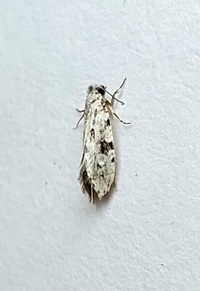
| Recorded by: Mark Basinger on 2025-05-03
Brunswick Co.
Comment: |
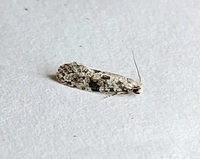
| Recorded by: Mark Basinger on 2025-03-23
Brunswick Co.
Comment: | 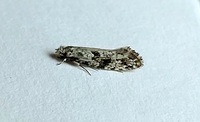
| Recorded by: Mark Basinger on 2025-03-15
Brunswick Co.
Comment: |
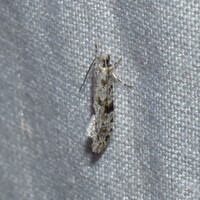
| Recorded by: David George, Jeff Niznik on 2024-09-21
Chatham Co.
Comment: | 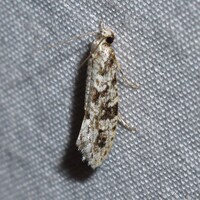
| Recorded by: David George, Jeff Niznik on 2024-04-01
Chatham Co.
Comment: |
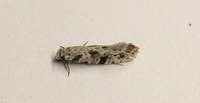
| Recorded by: Mark Basinger on 2024-03-14
Wilson Co.
Comment: | 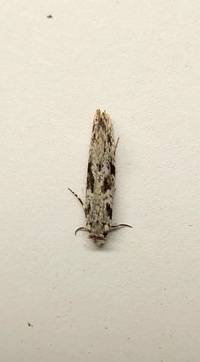
| Recorded by: Mark Basinger on 2024-03-14
Wilson Co.
Comment: |
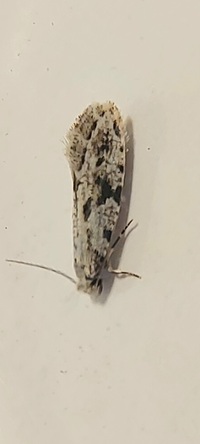
| Recorded by: Mark Basinger on 2024-03-07
Brunswick Co.
Comment: | 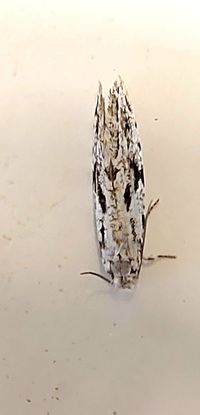
| Recorded by: Mark Basinger on 2024-03-07
Brunswick Co.
Comment: |

| Recorded by: tom ward on 2022-05-18
Buncombe Co.
Comment: | 
| Recorded by: Jim Petranka on 2021-05-26
Madison Co.
Comment: |
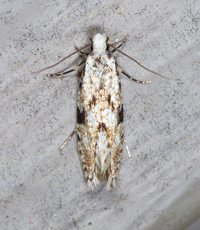
| Recorded by: Jim Petranka on 2021-05-26
Madison Co.
Comment: | 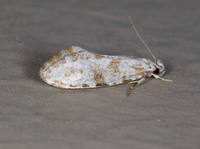
| Recorded by: Jim Petranka on 2021-05-21
Madison Co.
Comment: |
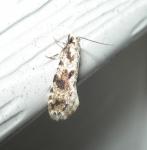
| Recorded by: R. Newman on 2021-04-08
Carteret Co.
Comment: | 
| Recorded by: Mark Shields on 2020-03-10
Onslow Co.
Comment: |
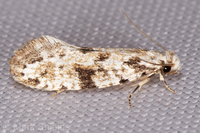
| Recorded by: Mark Shields on 2020-03-02
Onslow Co.
Comment: | 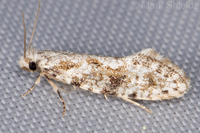
| Recorded by: Mark Shields on 2020-02-05
Onslow Co.
Comment: |
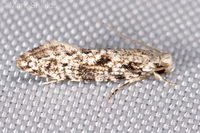
| Recorded by: Mark Shields on 2020-01-10
Onslow Co.
Comment: | 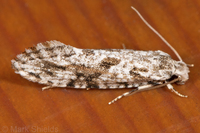
| Recorded by: Mark Shields on 2019-09-30
Onslow Co.
Comment: |

| Recorded by: Jim Petranka and Becky Elkin on 2019-08-11
Madison Co.
Comment: | 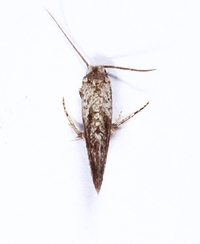
| Recorded by: Jim Petranka and Becky Elkin on 2019-08-11
Madison Co.
Comment: |
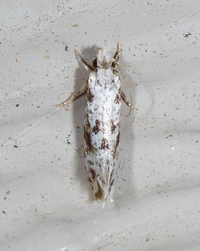
| Recorded by: Jim Petranka and Becky Elkin on 2019-08-07
Madison Co.
Comment: | 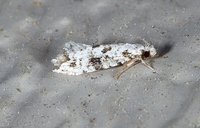
| Recorded by: Jim Petranka and Becky Elkin on 2019-08-07
Madison Co.
Comment: |
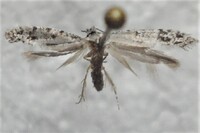
| Recorded by: Darryl Willis on 2015-05-12
Cabarrus Co.
Comment: | 
| Recorded by: T. DeSantis on 2015-04-29
Durham Co.
Comment: |
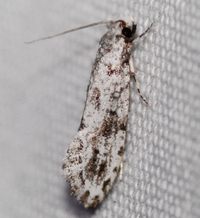
| Recorded by: Kyle Kittelberger on 2014-09-26
Gates Co.
Comment: | 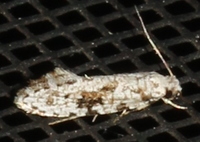
| Recorded by: Harry Wilson on 2013-05-09
Wake Co.
Comment: Very likely this is Nemapogon acapnopennella. |
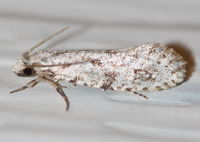
| Recorded by: Harry Wilson on 2011-03-07
Wake Co.
Comment: |

 »
»



 »
»

